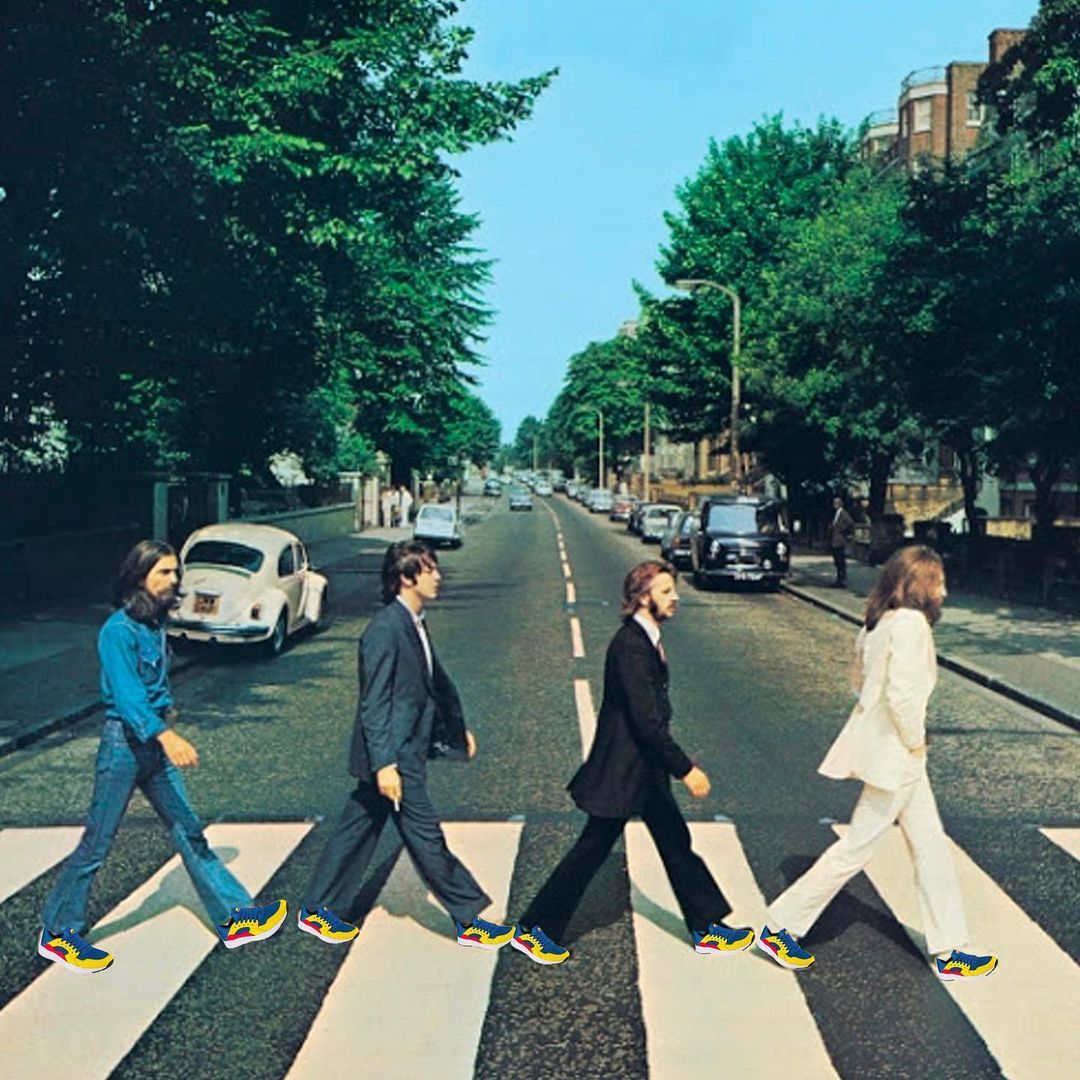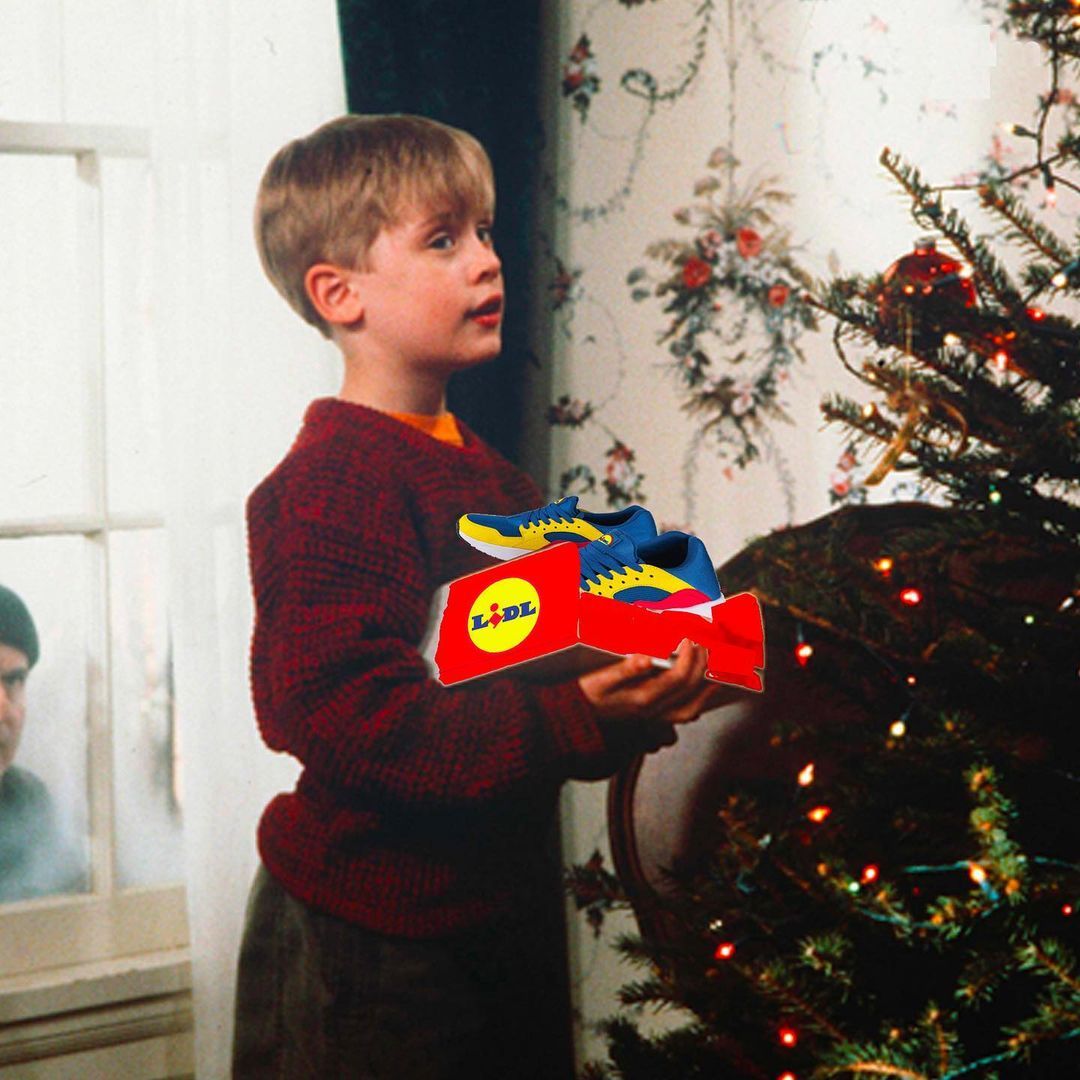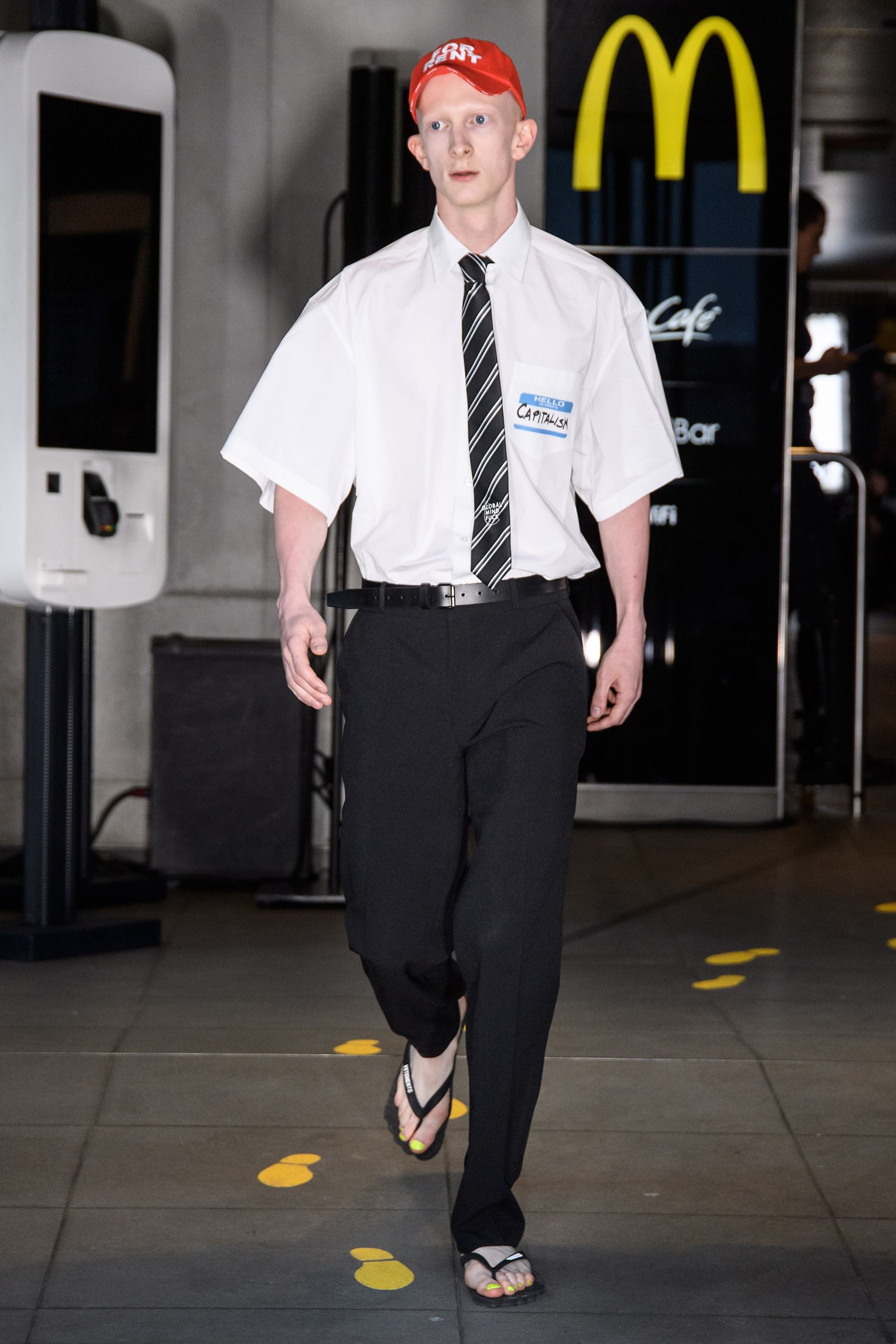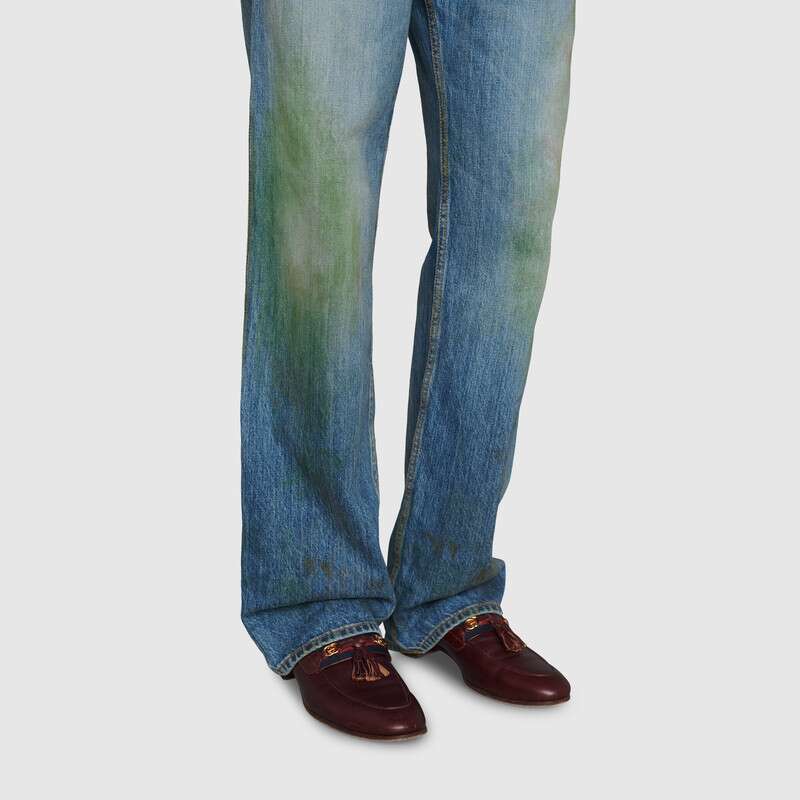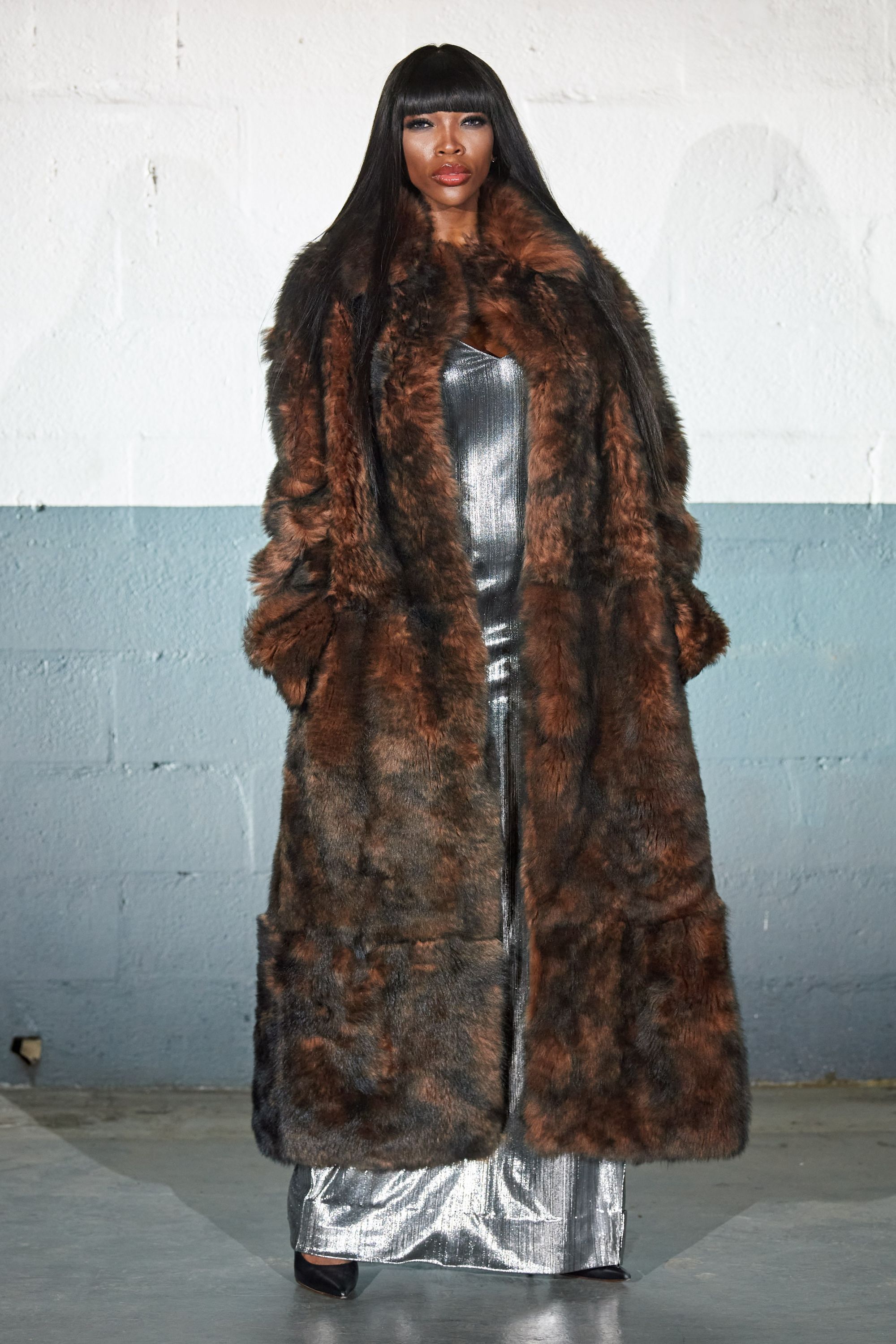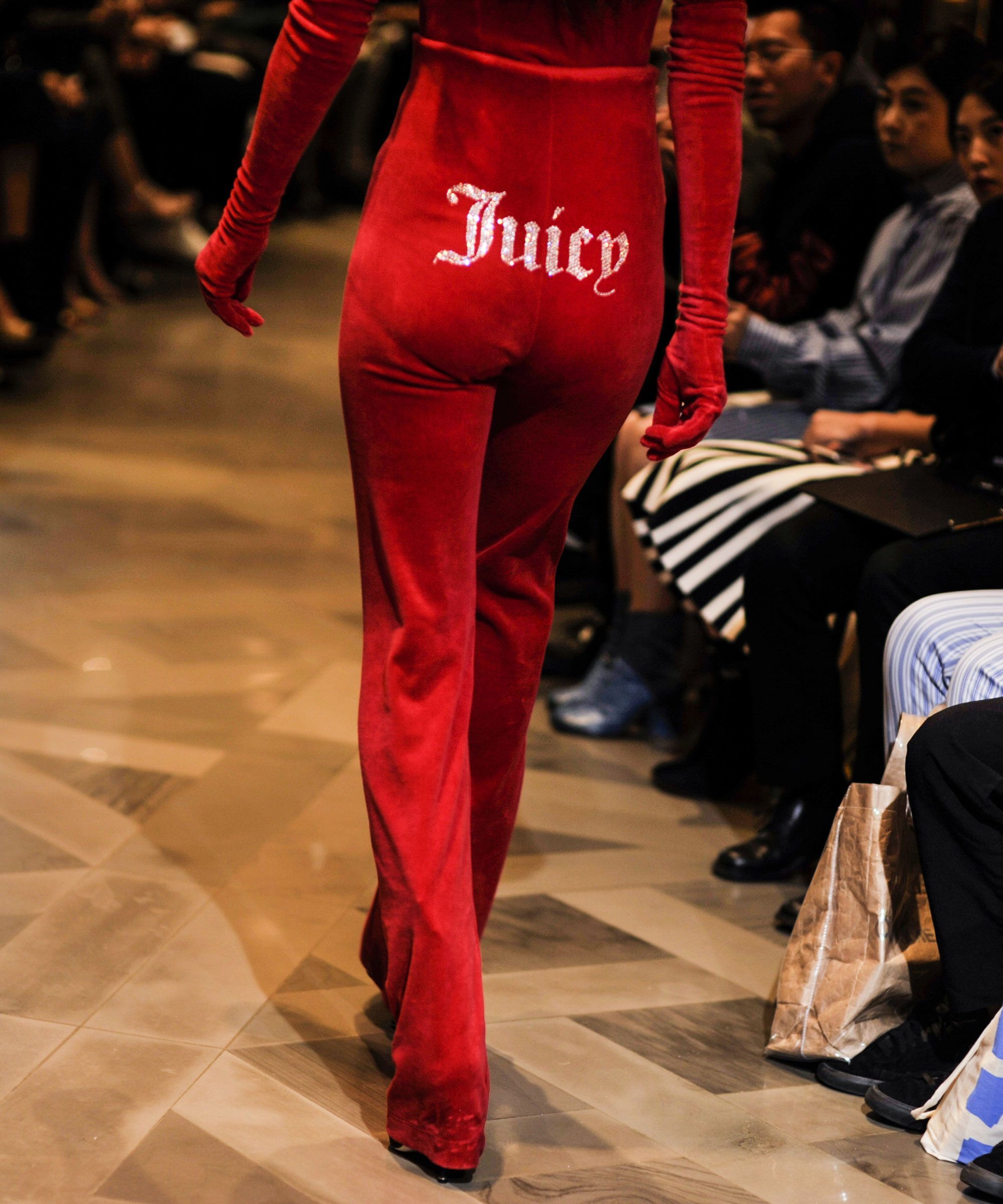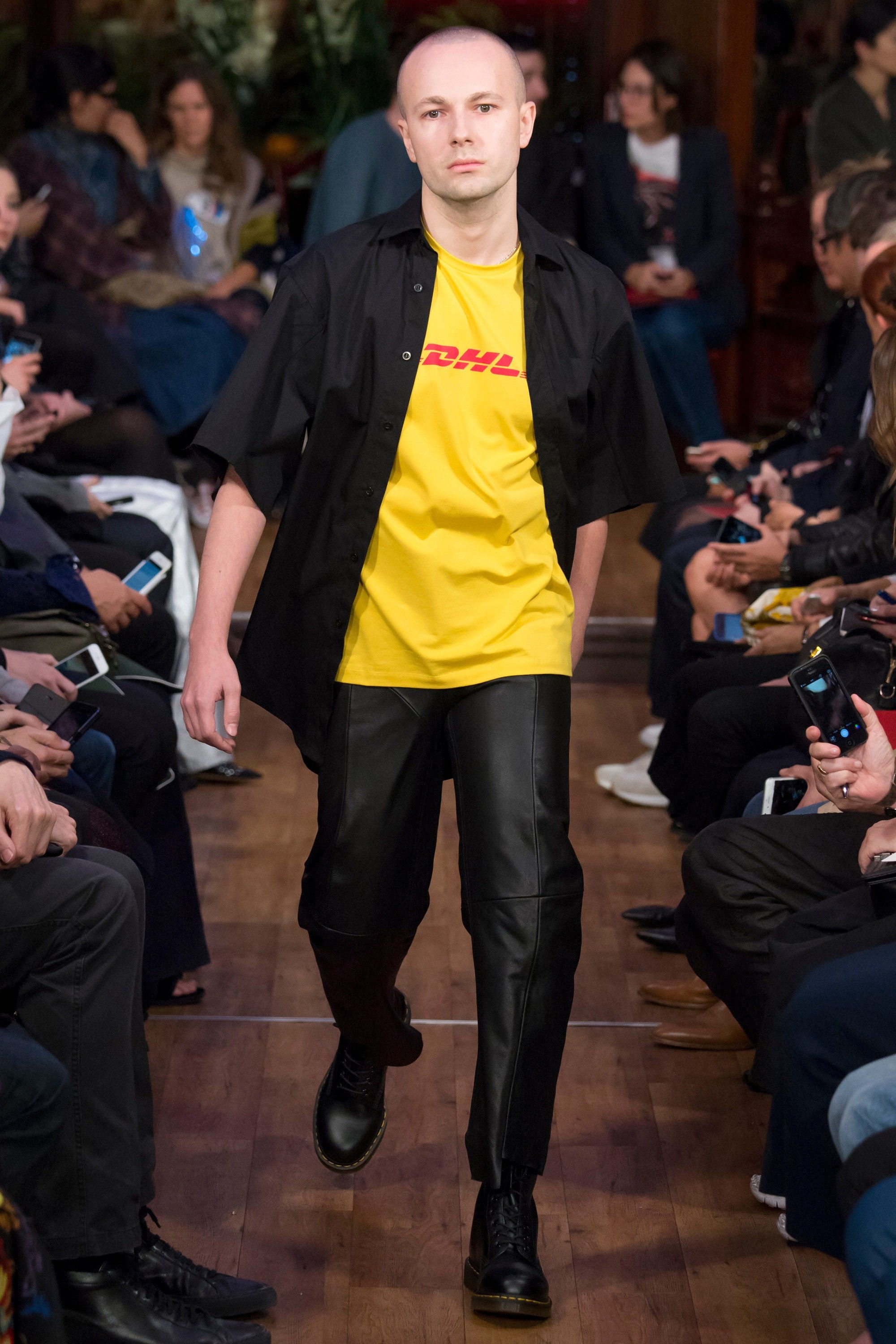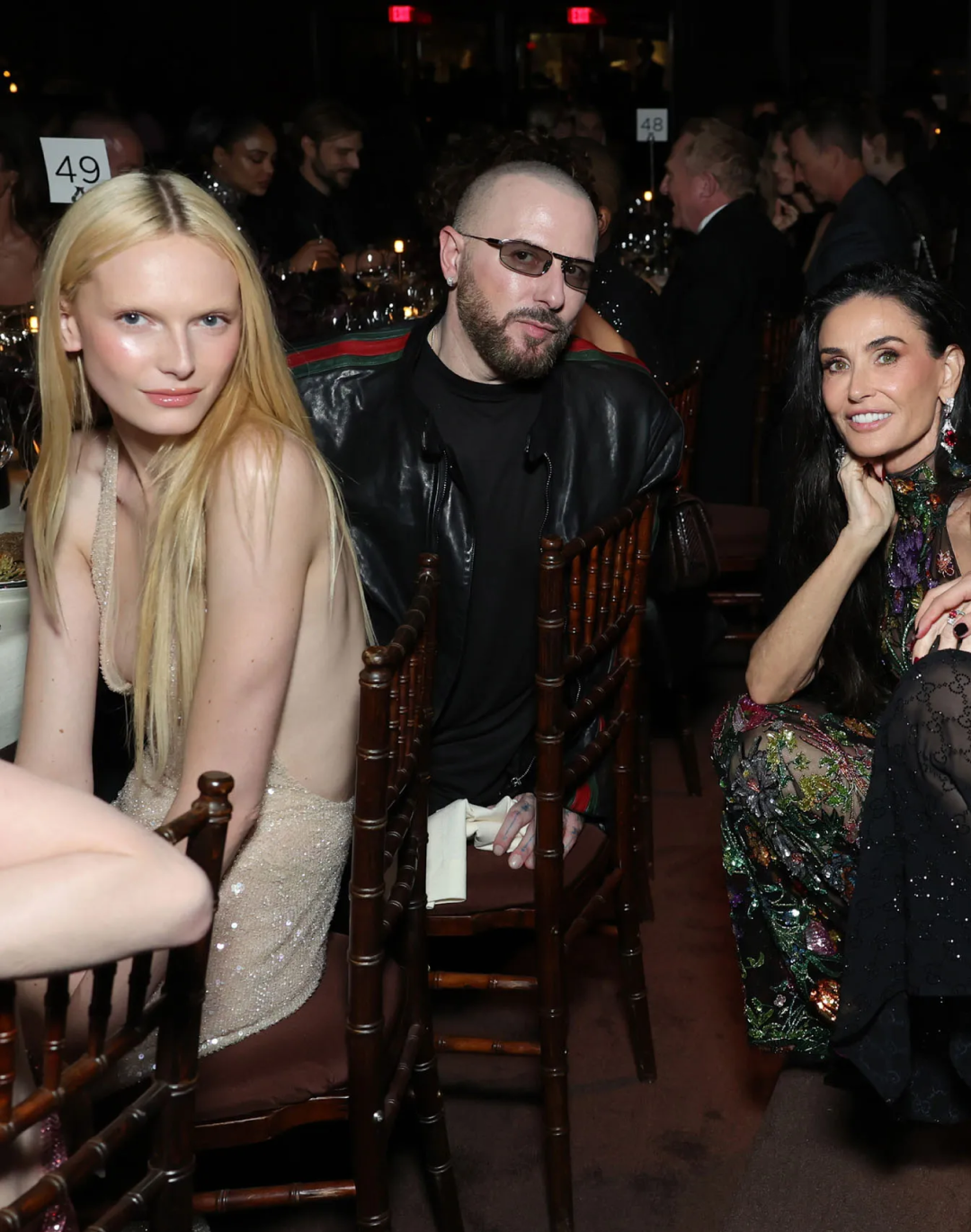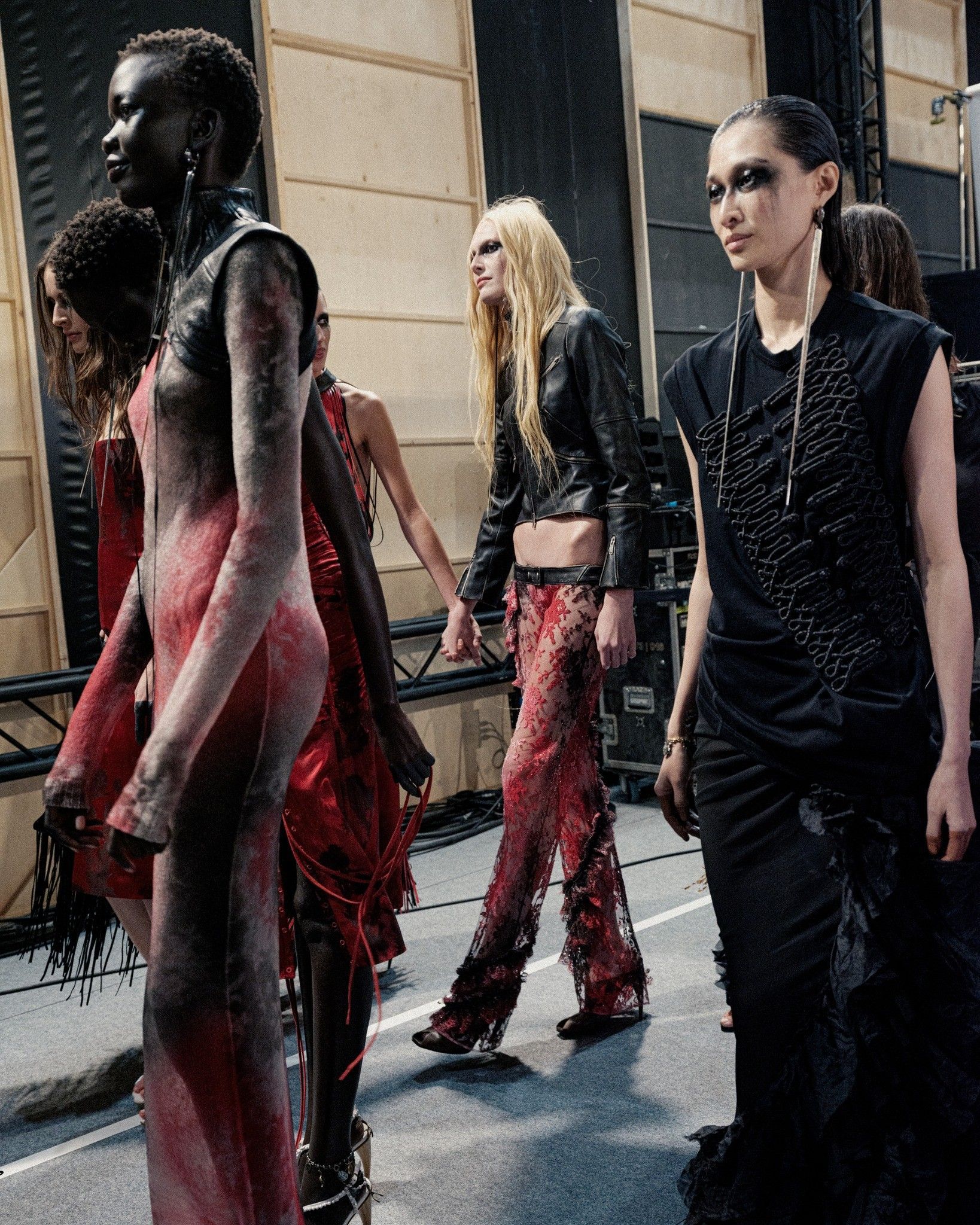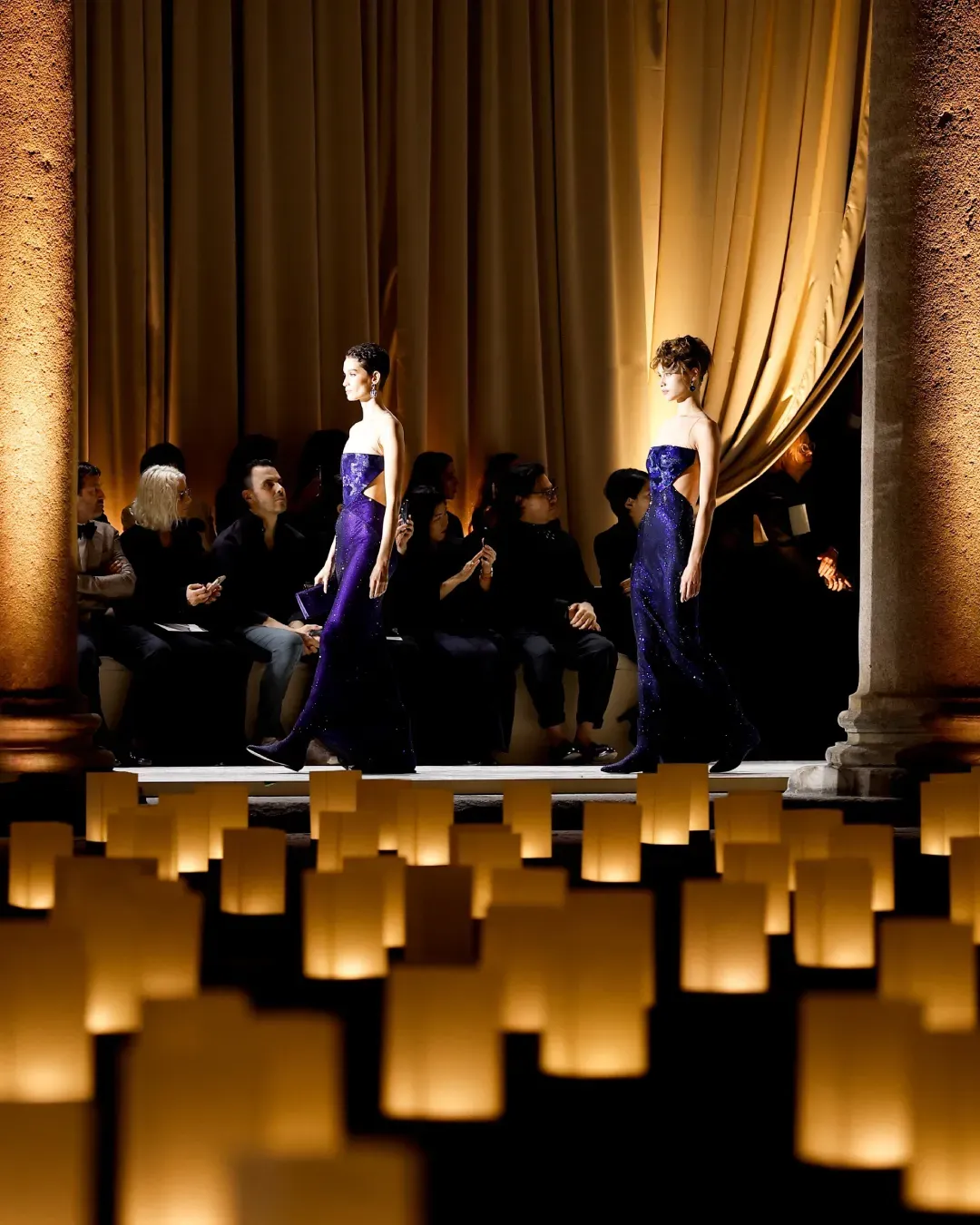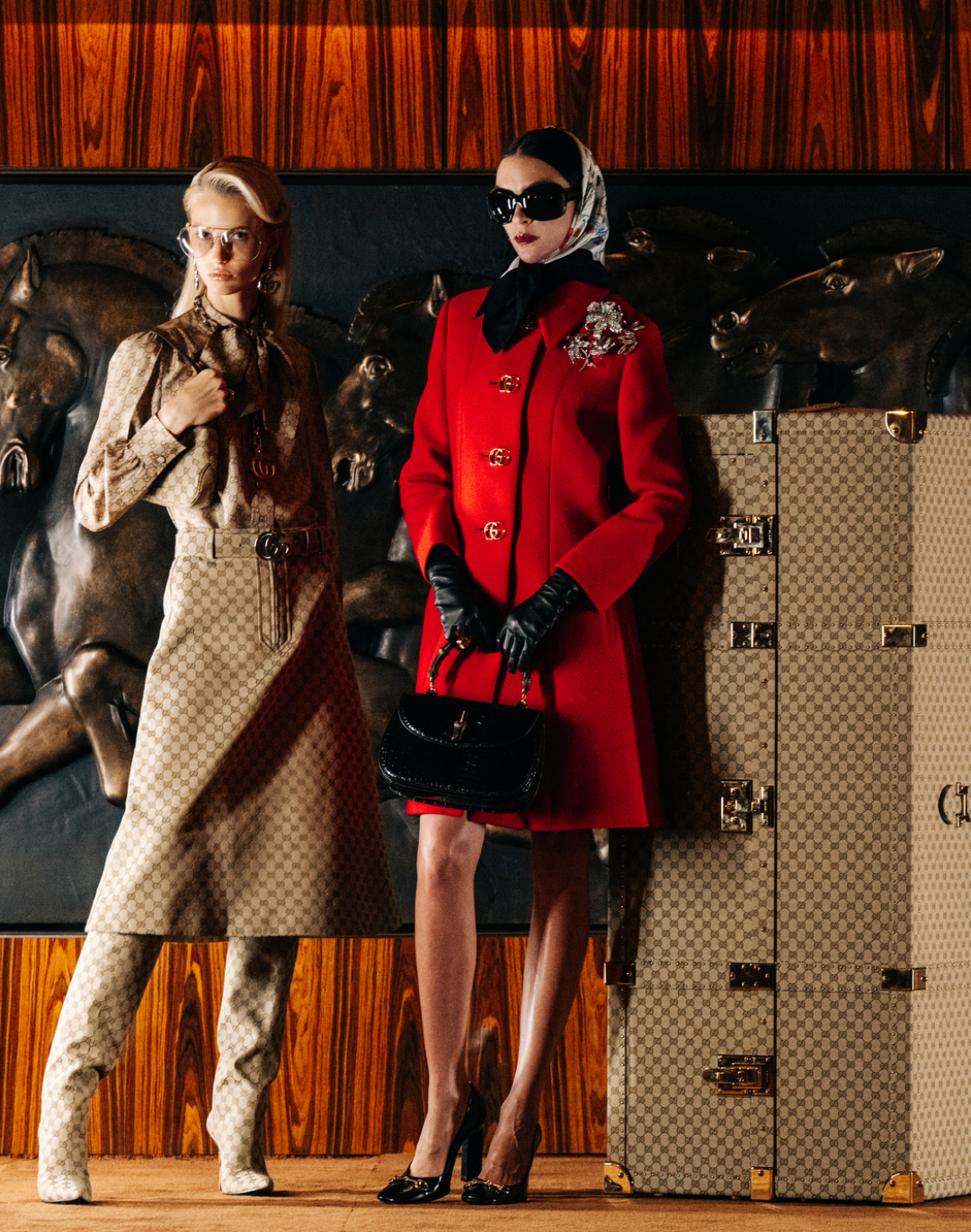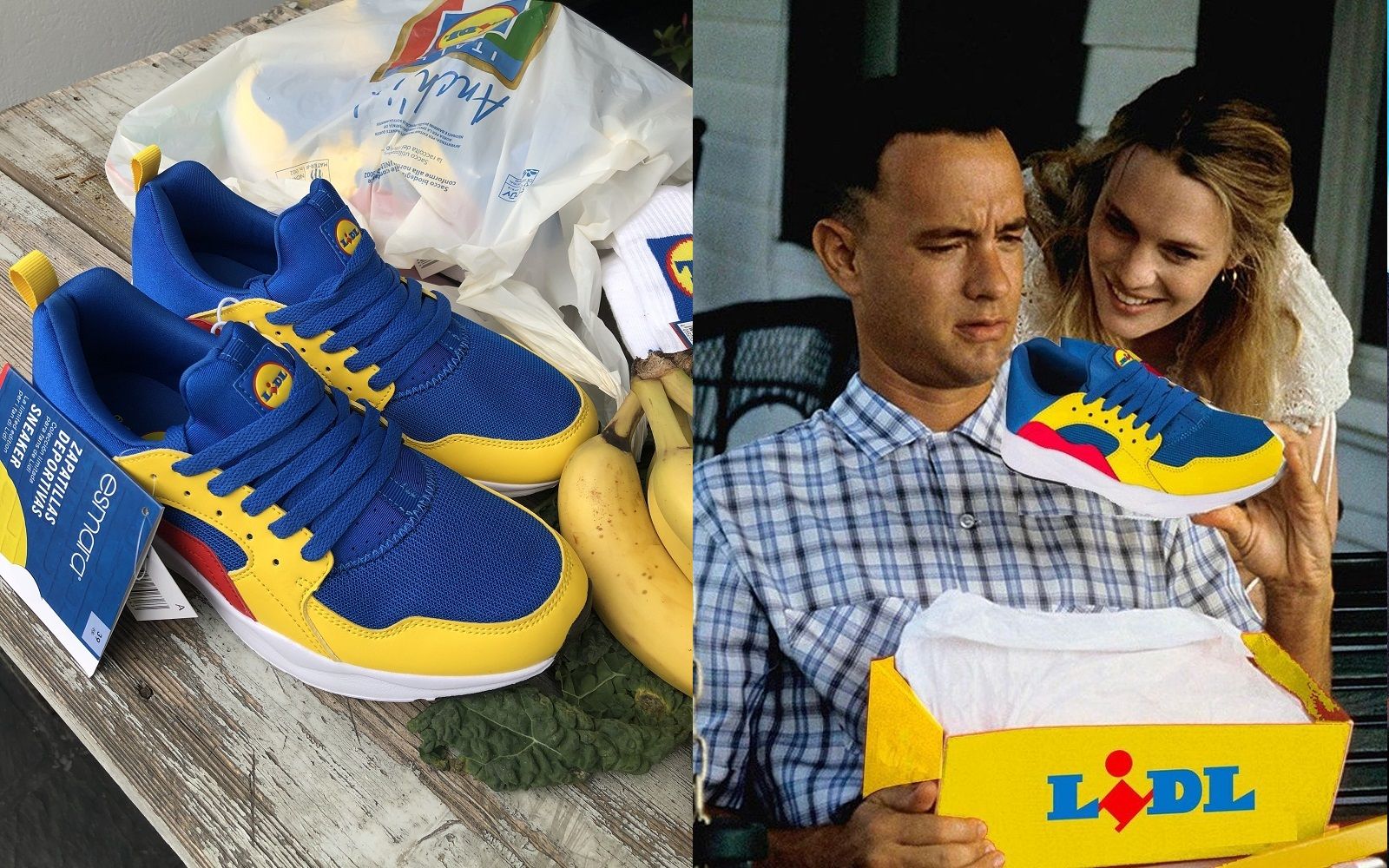
When fashion becomes trolling Does the luxury industry make fun of itself or its consumers?
Yesterday, the release of Lidl's sneakers and merch prompted hundreds of people to camp outside the German chain's supermarkets to get a product that, while not having any aesthetic value, already has a cult state and has fed hundreds of online memes. When you buy a Lidl sneaker, you are not really buying a shoe, but an ironic concept that is completely immaterial - a mockery of the entire hype culture, a real trolling that tells much of the latest evolutions of fashion culture. For some years now, in fact, high fashion has taken on the concept of trolling: Gucci selling pierced tights, bags with the words Fake printed on them and jeans with artificial stains of grass at dizzingy high prices, Demna Gvasalia who, with Balenciaga, copies his own work from Vetements and then self-denounces himself online or that until a few years ago organized a fashion show in a McDonald's. The art of online trolling, the concept of triggering, aim to attract the attention of users by eliciting visceral emotions: scandal and indignation create stubborn memories, tenacious memories always clear in the mind of the final consumer, who will tend to remember more a brand than in one way or another scandalizes him that one of great value but that does not arouse the same virulent reaction.
The crux of the matter here, however, has to do with a humor that is not direct but meta-reflective. That is, it seems that brands both large and small have started to challenge the very assumptions of luxury with a kind of self-parking or irony that can have happy outcomes (and here we think of the celebrity lookalikes and DHL T-shirts of Vetements or the vest of Sunnei with the inscription I hate fashion, which has made the rounds of Instagram moodboards) or unhappy – such as the costly ripped tights of Gucci that, despite having gone sold-out, they will always embody the most grotesque drifts of the transition from old to new luxury, that is, from a purely material value to an increasingly nuanced, psychological and conceptual one.
Parody distortion, self-referentiality and virality are the ultimate goal of these stunts and create a parallel between a certain strand of fashion and the world of memes – which for netizens around the world are simple repetitive and funny images but which sociology and anthropology classify as the basic unit of human cultural evolution, consisting of fragments of culture that self-propagate like a virus. In this sense, for example, any argument against Gucci tights can be resolved by saying: 'It is true, but they have managed to get you to talk about it'. This same article, after all, represents a further propagation of all these memes of which the fashion world is populated.
Obviously behind the phenomenon there are no cabals or anthropological mysteries, but the cold and ruthless logic of modern marketing: in a world where advertising content is everywhere, you have to use strength and outrage to capture attention. It is cheaper to make people talk about yourself with a product that becomes a meme than with a very ambitious fashion campaign, brands sell as long as you talk about them. All the more so since becoming a meme, in 2020, is equivalent to being blessed.
But fashion trolling also presents interesting insights of analysis, which demonstrate how the concept of luxury is intellectualized, making aesthetic perfection or the quality of materials take second place to a pure concept – which becomes an immaterial element that, paradoxically, can be worn. The downside, however, is the way in which what twenty years ago was pure creativity (to give two trivial examples, the deconstruction of clothes and silhouettes or the exploration/ennoblement of trash by Jean Paul Gaultier) ends up flowing further and further downstream towards the mainstream stripping of its seriousness to become gimmick, commercial expedient or otherwise only superficial feature of a creative process subordinate to communication, which places more emphasis on the storytelling of the brand than on its actual products, making fashion something two-dimensional and making the culture that surrounds it seem sticky. The jokes are beautiful but only when they last little.












































